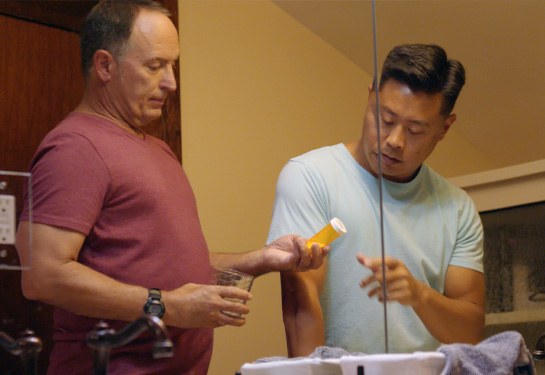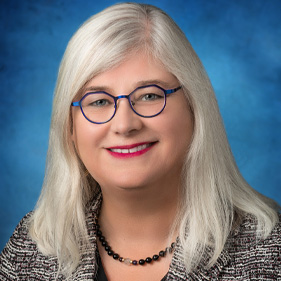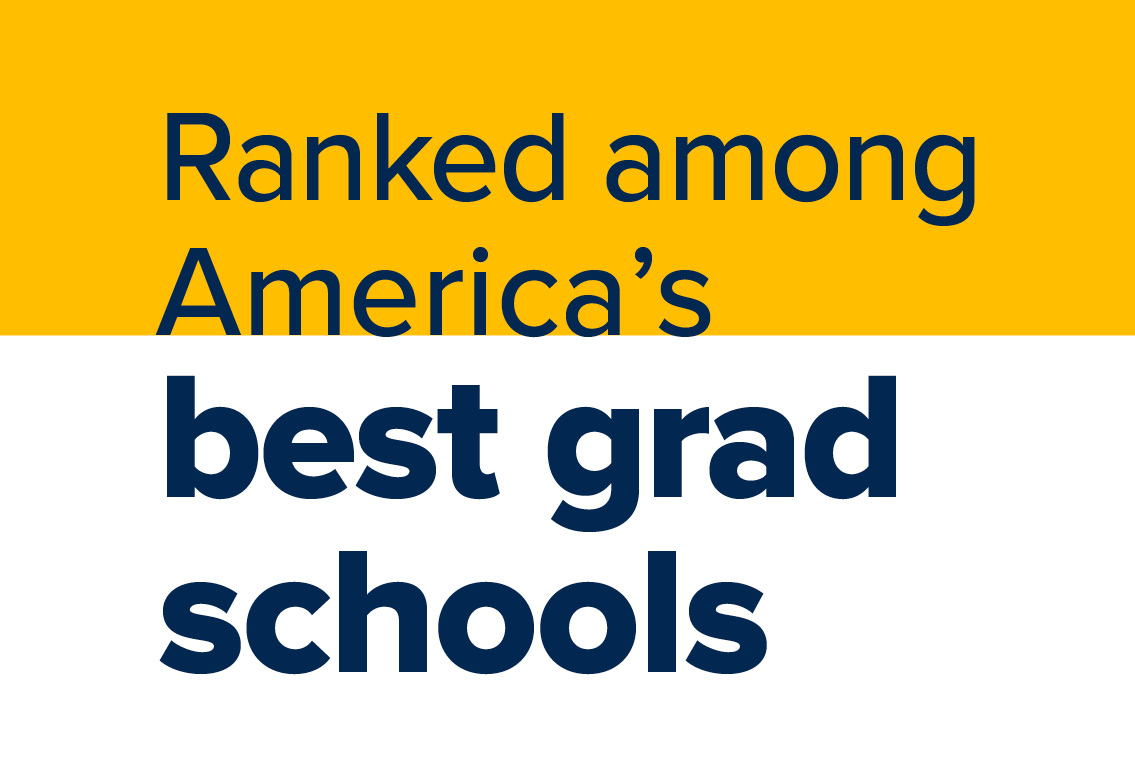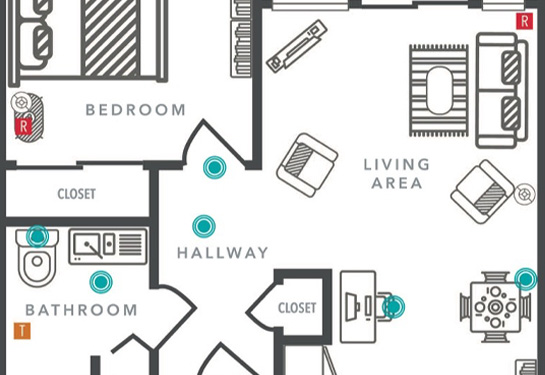New videos teach family caregivers to assess pain
November is National Family Caregivers Month, a time to recognize and honor the more than 40 million family caregivers across the country.
What’s the best way to help someone you’re caring for when they’re in pain?
That’s exactly what a new series of video tutorials and resources from AARP and the Betty Irene Moore School of Nursing at UC Davis hopes to answer.
Over the past six years, AARP’s Home Alone Alliance and the Family Caregiving Institute at the Betty Irene Moore School of Nursing have produced more than 45 videos. They are available in multiple languages and address issues that caregivers prioritized in national surveys. This latest series of six videos explores the challenges faced by racially and ethnically diverse older adults and caregivers in managing pain.
“There is a substantial body of work that clearly shows barriers and significant disparities in the management of pain for persons from underrepresented groups,” explained Heather M. Young, Family Caregiving Institute associate director for strategic partnerships. “In order to both educate nurses in how to support family caregivers as well as provide resources for caregivers, we have to grow understanding of experiences of caregivers caring for people with pain.”
The seven previous how-to video series explore the areas of:
- medication management
- mobility
- incontinence
- operation of special medical equipment
- special diets
- wound care
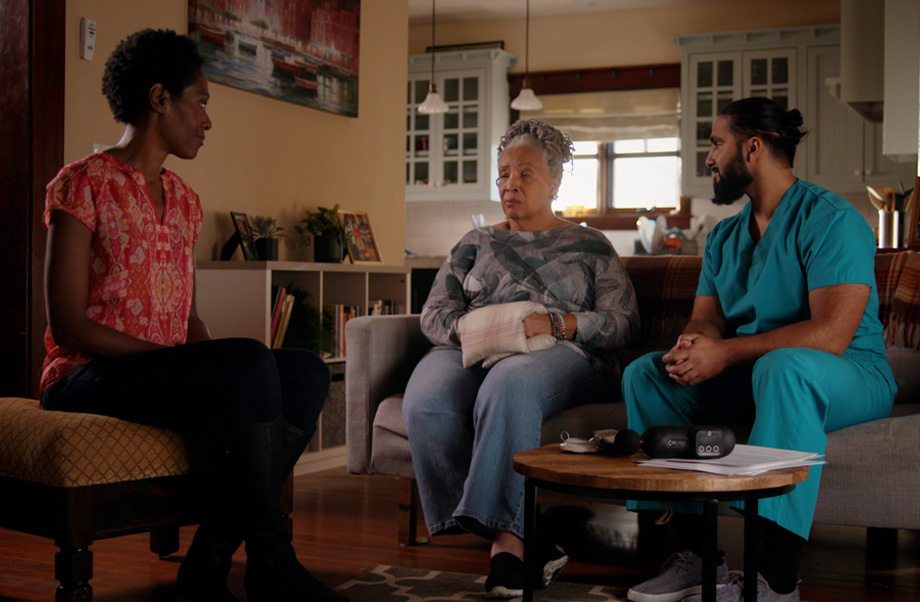
Beyond caregivers
In addition to the videos produced for caregivers, the alliance also includes articles and resources for use by nurses and other health care professionals. A special section of the American Journal of Nursing just published with five new articles including informational tear sheets to support nurses working with family caregivers.
Rita Choula, who leads the Home Alone Alliance, said the partnership with the Family Caregiving Institute is valued in reaching the goals of improving caregiver well-being. The collaboration to develop resources also increases awareness of family caregiving and recognizes caregivers as key partners of health care providers.
“We really saw an opportunity with the School of Nursing to embed preparing health care professionals to include caregivers and understanding their challenges in the preparation of students training to be nurses,” Choula said. “These are concrete solutions. These are serious issues that caregivers face and it takes a multipronged approach across sectors to make an impact.”
In order to both educate nurses in how to support family caregivers as well as provide resources for caregivers, we have to grow understanding of experiences of caregivers caring for people with pain.—Heather M. Young, Family Caregiving Institute associate director for strategic partnerships
Next steps
Home Alone Alliance partners now plan to make sure the tools reach the more than 40 million caregivers in desperate need of the help.
“Over the course of the six years, we didn’t spend as much time disseminating the work as we did creating it,” Choula said. “Now we want to ensure these resources are getting out to family members and friends. We are making individuals aware that these resources are here.”
For Young, the work to date confirms that the Family Caregiving Institute continues to fulfill its mission.
“As part of the School of Nursing, we have the research and clinical expertise,” Young said. “AARP is a consumer organization with reach to the public. We can make the research come to life together — providing support for individual caregivers while also improving the systems of support for caregivers.”

